How I Discovered Birdwatching
If you asked me a few years ago who I pictured “birders” to be, I likely would have described old retirees pouring out of an Audubon van to catch a glimpse of a rare bird barely visible in the distance. I would never have imagined that birdwatching would become one of my favorite hobbies. I discovered birding two years ago while working for a study abroad program in Panama. The program aimed to expose students to as many types of field science and research methods as possible, and birdwatching was one of them. I was shocked to learn the diversity of birds that could be spotted on a daily basis. We were surrounded by parrots, oropendolas, flycatchers, and shorebirds, but I had never really taken the time to pay attention to what was flying around me in the natural world.
As is often the case during international travel, it is much easier to cultivate an attitude of “might as well give everything a try” than it is in our daily lives. So I gave birding a chance and I was immediately hooked. It combined two of my favorite things, puzzles and being in nature. I love the puzzle of trying to identify a species and what aspects of the bird’s color, anatomy, and behavior will lead to the satisfying moment of looking in the guidebook and knowing “That’s my bird.” Since then, I have gone birding in 10 different countries and spotted nearly 600 different types of birds.
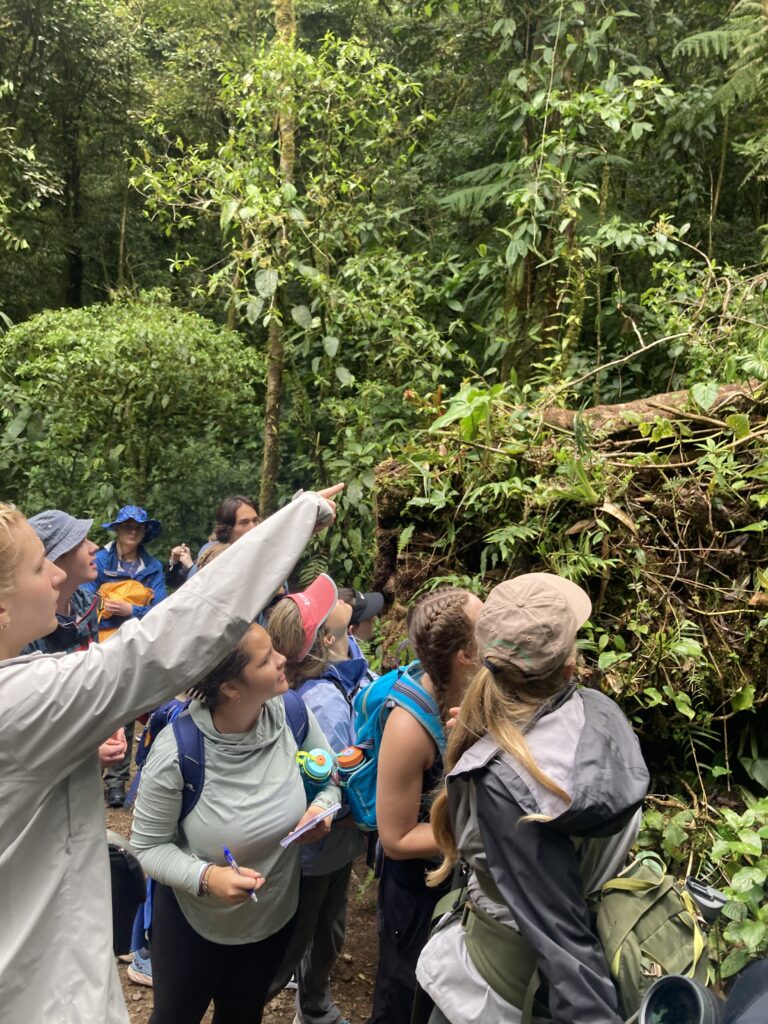
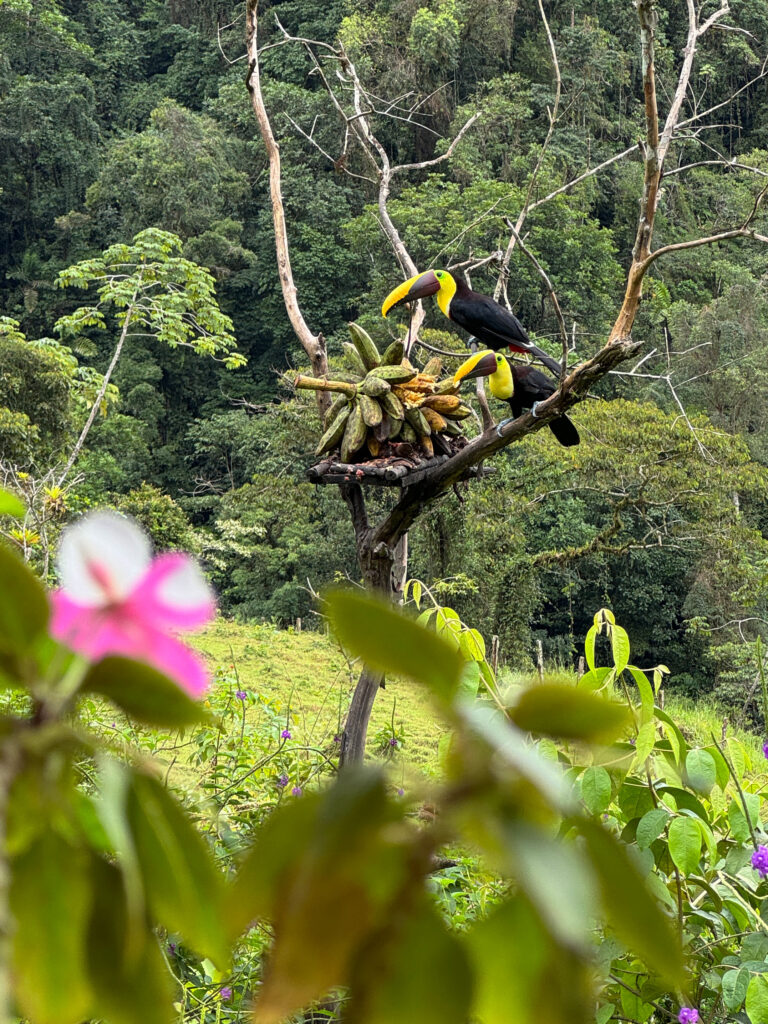
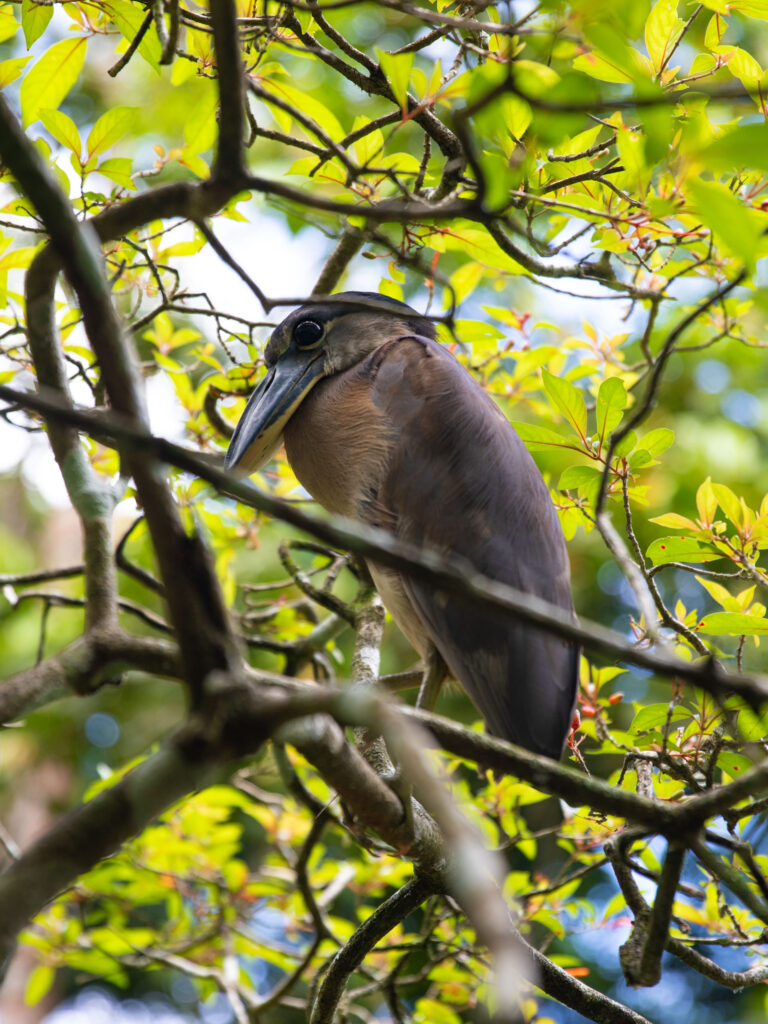
What Can ARCC Students Learn From Birdwatching?
My path to birding is a great example of how travel education pushes participants into a growth mindset. During an ARCC Gap Semester, many moments will push you to try new things and be outside your comfort zone. We try to participate in a wide variety of activities and service-learning projects, allowing students to explore a range of potential interests. This allows our students to recognize that their own limits, interests, and creativity are not fixed, and can be continually stretched and strengthened. These are characteristics of a “growth mindset,” as opposed to a “fixed mindset.” A growth mindset, a term coined by psychologist Carol Dweck, is one of the most powerful things that I hope students take home after their gap semester. Maintaining a growth mindset is a skill that will follow students in their years after an ARCC program to help them build confidence, embrace challenges and pursue learning. For me, trying birding despite thinking there was no way I would enjoy it, has enriched my life immensely and I hope our students have the same experience.
Birding itself is an exercise in mindfulness, slowing down, and curiosity. One of my favorite things is when an area of trees or bushes appears completely devoid of birds but upon taking a moment, to stop, listen, and observe your surroundings you realize that there are birds present after all. Sometimes you’ll just see a flash of movement or hear a single call, but you’d miss it if you hadn’t taken the time to stop and observe. Teaching students how to slow down and be present is a key first step in helping them build skills to handle stress in school, work, and life.
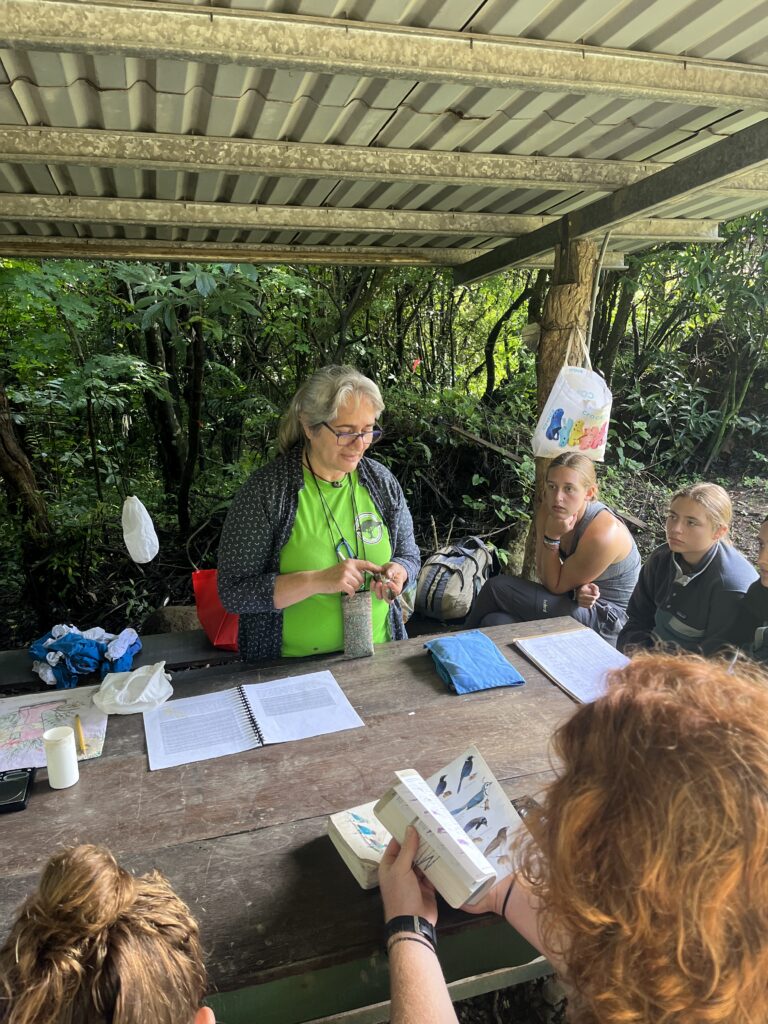
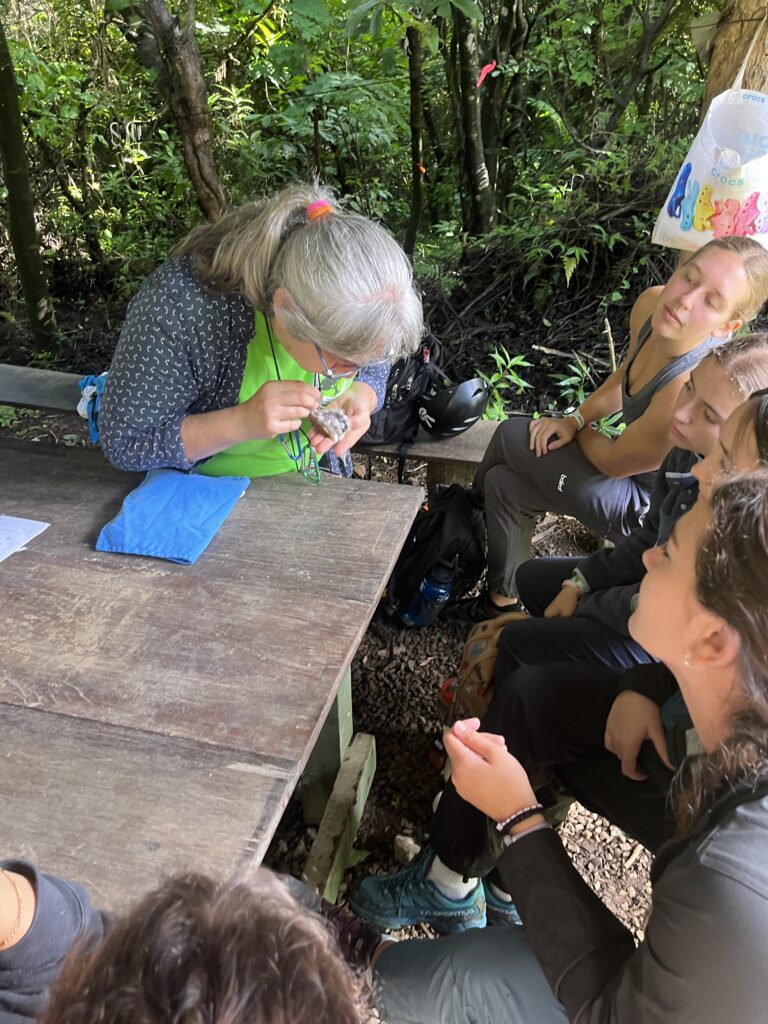
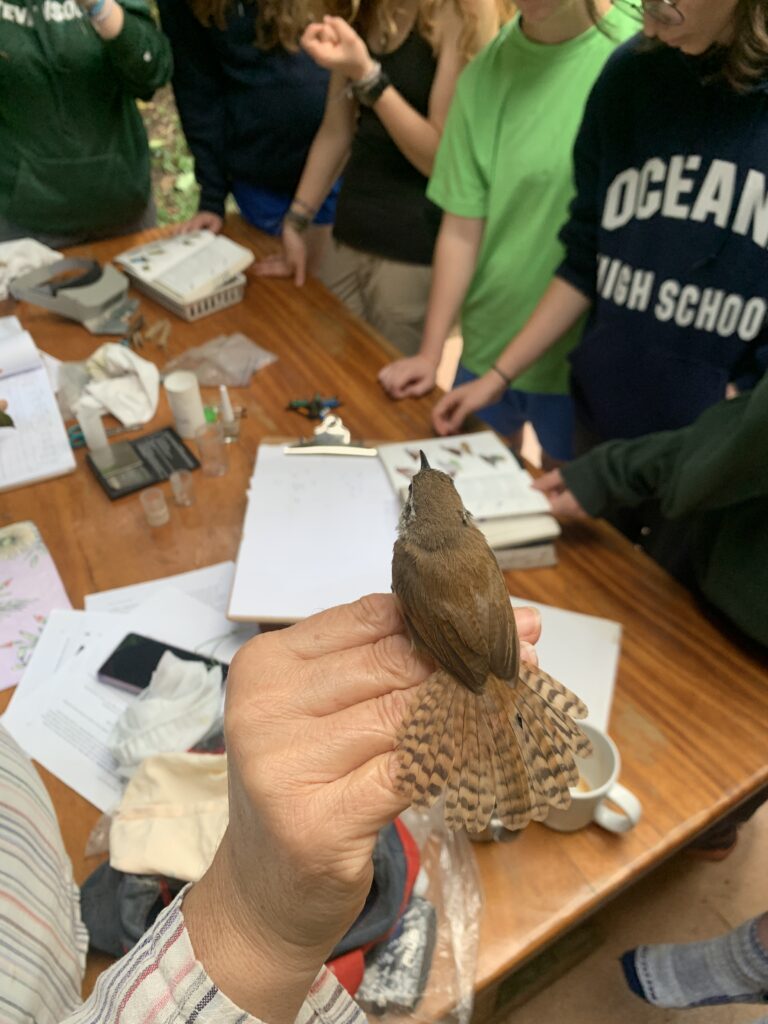
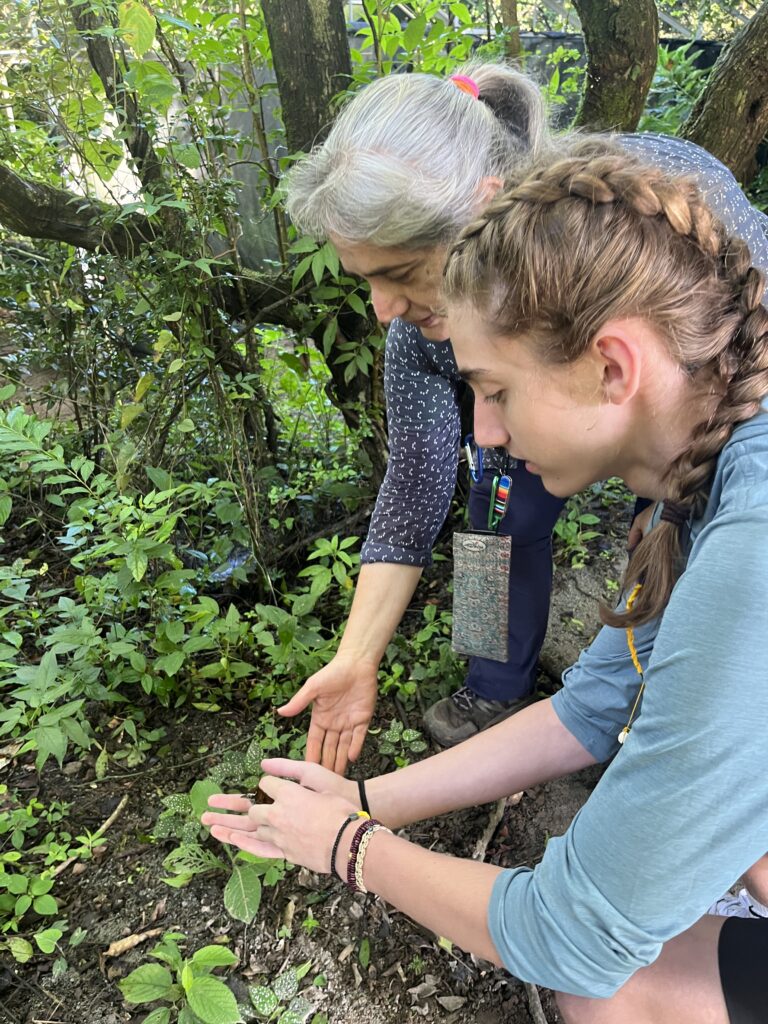
One of ARCC’s Six Global Themes is Environmental Conservation and there are many opportunities to get out and learn about nature during the semester. Birdwatching is one way I hope to get students connected to the natural world. While leading the Central America semester, we were lucky to get many chances to explore a variety of ecosystems across three countries. Spotting birds and other wildlife around Volcano Arenal and assisting in a sea turtle conservation project in Costa Rica were among the highlights. We got to work directly with birds during a wildlife rehabilitation project in Costa Rica. They have many species of rescued parrots and toucans; the rehabilitation center is able to offer them a safe place to live while also allowing for educational opportunities for groups like ours. Our students got to prepare their food, clean their cages, and make enrichment activities for them. While there, we also learned about the dangers of the illegal wildlife trade and the impacts it has on wild populations of birds, reptiles and mammals. Previously, I also led the Southeast Asia semester and even though much of this program is spent in cities, we still spotted many bird species that are not present in the United States (and some that are in the US too; rock pigeons are everywhere). I was thrilled that many of our students got more interested in bird watching and have even texted me for bird identifications at home after the semester. But, my true hope is that during their gap semester, every student is able to explore and discover a new interest or passion, no matter what it might be. If it is birding, that is just a bonus.
